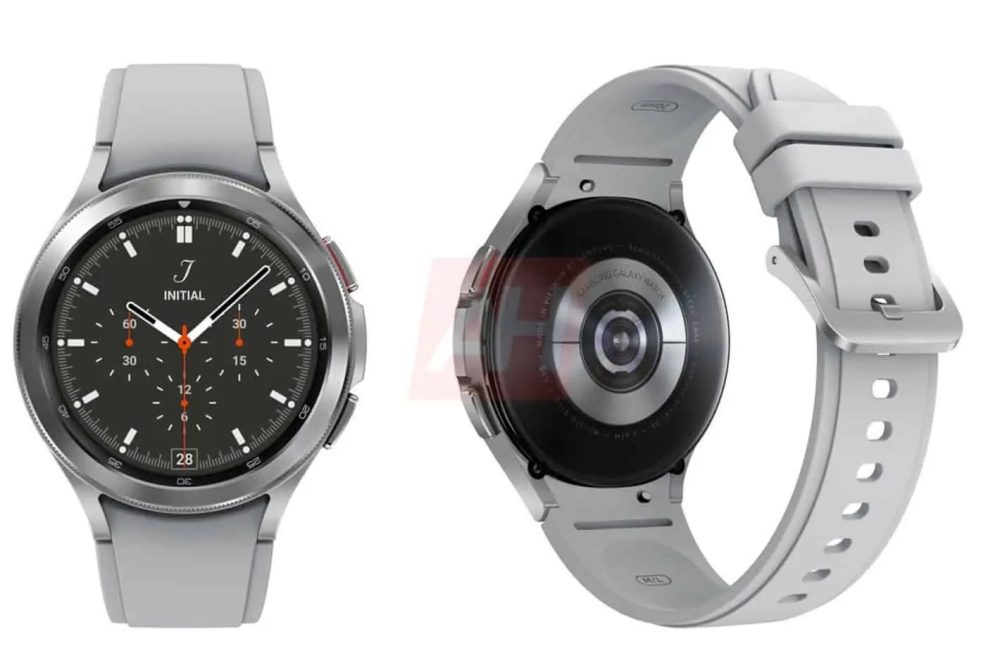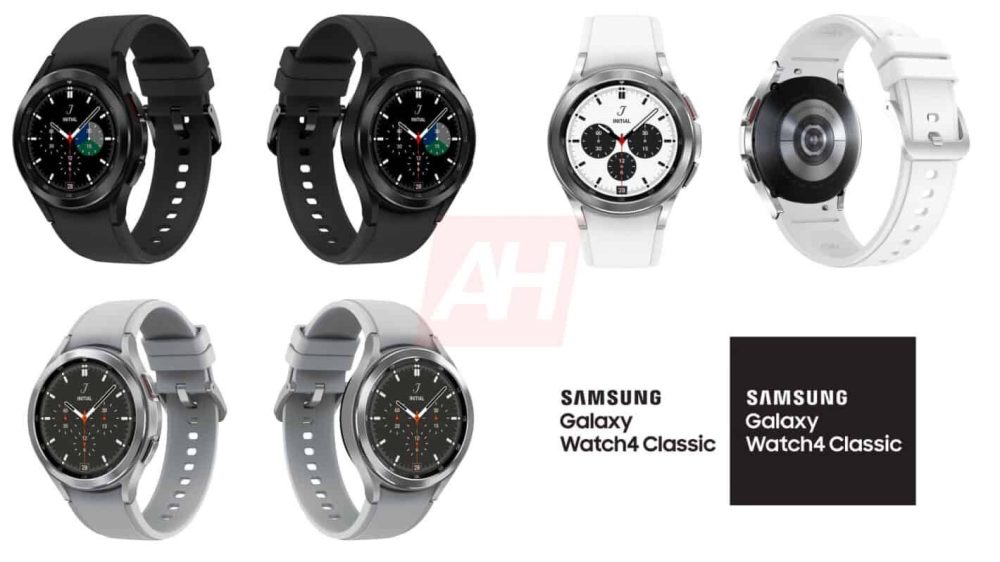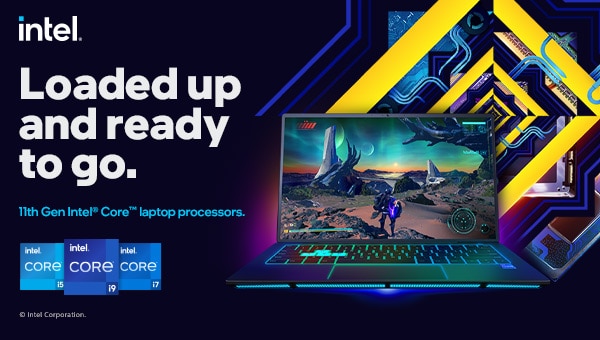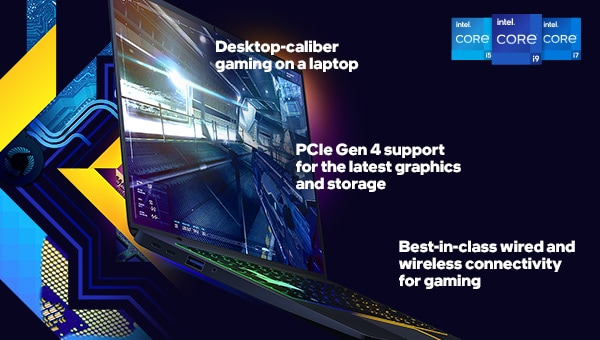Nadella’s signature achievement as CEO has been the company’s wholesale adoption of cloud computing—creating the Azure public cloud business, while shifting most of the company’s software applications to the cloud. The result has been dramatic sales and profit growth—and a gain of more than 700% for Microsoft shares.
As part of our annual best CEO list, which includes Nadella, the Microsoft (ticker: MSFT) chief executive agreed to answer a few questions from Barron’s on the current state of computing, the PC industry, regulation, and the future of work. Highlights from the email conversation are below.
Barron’s: Everyone in tech talks about digital transformation, and you’ve said that we’ve accelerated the process by year during the pandemic. Do you think the acceleration continues?
Nadella: If there’s one trend that has defined the past year, it’s that digital adoption in every industry is being brought forward multiple years. In fact, I shudder to think what the world would have been like if it were not for digital technology and the cloud and collaboration platforms like Teams, in particular. Even five or 10 years ago, I think we would have been in deep trouble. The next tail event may not be a pandemic, but whatever it is, we know that digital technology will be key to resilience and transformation.
We are experiencing real, structural change. Healthcare is a great example. Telehealth is now the expectation for outpatient visits, and providers are rapidly turning to new capabilities like AI-assisted bots to triage patients. The same is true with curbside pickup or contactless shopping in retail. Today, we talk about remote sales or remote manufacturing or remote learning. Going forward, it will just be sales and manufacturing and learning.
During the pandemic, we saw a huge spike in PC sales. Do you see that as sustainable?The pandemic has truly proved the PC’s central role in keeping all of us connected, productive, and secure. In fact, we announced during our last earnings report that Windows is now active on more than 1.3 billion devices. So, first and foremost, we are focused on how we can best serve our customers around the world.
And with our announcement of Windows 11, we have a renewed sense of Windows’ role in the world.
You’ve made a big push over the last year for Teams, taking on new competition like Slack, Zoom, Cisco WebEx, and RingCentral. Does Teams become the core of the Office suite, ahead of even Outlook, Word, and Excel?
We think about our approach to Microsoft Teams in the context of broader changes to the way we work. Hybrid work represents the biggest shift to how we work in a generation. And it will require a new operating model. Teams now has over 145 million daily active users, almost double the number a year ago. In markets where employees have returned to the workplace, including Australia, China, New Zealand, South Korea, and Taiwan, we have seen usage continue to grow.
It’s why we’ve built Teams as an all-in-one layer for all the ways people work, learn, and collaborate. With Teams, we’re providing that organizing layer for the entire process: the modes of communication, content creation, and importantly, the ability to extend it with other applications and services.
Coming out of the pandemic, I believe we will need to define productivity much more broadly, inclusive of collaboration, learning, and well-being, and we are delivering new value in each of these areas.
Walk us through it.
First, collaboration. We believe every organization will need a system of collaboration to support how work gets done. It’s why, with Teams, we are focused not only on what happens during a meeting but the entire workflow around a meeting—before, during, and after. It’s the only solution with meetings, calls, chat, content collaboration with Office, and business process workflows—in a secure, integrated user experience. And these capabilities don’t just apply to knowledge workers, they apply to front-line workers too.
The second area is learning. Organizations can only grow when their people are learning and growing, too. You need to create feedback loops between the work, skills, and learning required to succeed. You need to bring learning content to employees and connect them to experts. It’s one reason we introduced Microsoft Viva earlier this year, which helps provide personalized training content to employees and centralizes companywide training, all within the flow of work, including within Teams.
And, finally, well-being. Every organization will need a system of well-being to support the health of their teams. Employees are working longer hours and often are feeling disconnected from colleagues. We know that employee well-being can be an indicator of overall health of an organization. Companies can address this by equipping people with tools to rebuild social capital, focus, and stay healthy, which is why we are offering analytics directly within Teams to help employees improve work habits and help managers proactively engage teams at risk of burnout.
Security has become a growing issue, as demonstrated by both the SolarWinds hack and the recent ransomware attacks. How do you think about the opportunity for Microsoft to play a larger role in security software?
This is such an important question. Technology is becoming so integral in our lives, in our society, and our economy that when it breaks, it’s not just about any one tech breaking or one company breaking—it impacts all of us. The threat landscape has never been more complex or challenging, and security has never been more critical to our customers.
What differentiates our approach is organizing identity, security, compliance, and device management as an interdependent whole, and extending protection to all data, devices, identities, platforms, and clouds.
Over the past 12 months, our security business revenue has surpassed $10 billion, up more than 40%. That’s testament to the deep trust organizations place in us, and we will continue to invest in new capabilities across all our products and services to protect our customers.
Q: Give us some details on how you think about the opportunity in security.
There are a couple of things top of mind to me as I think about how to confront this threat landscape going forward.
First is the importance of a Zero Trust architecture, which is the cornerstone of effective protection, the foundation for organizational resilience, and the future of security. It’s imperative that every business—large or small—assumes all activity could be an attempt to breach systems.
Second, is the importance of taking a comprehensive approach to security. Attacks can come from anywhere—both outside and inside. The only way to protect against that is to have left-to-right and top-to-bottom security.
Third is the great responsibility we bear to protect our customers and work together with fellow defenders, including the public sector, to make the world a safer place. And we take it seriously. We help secure more than 400,000 organizations and countless end users rely on our services every day. We intercepted and thwarted a record 30 billion email threats last year and are currently tracking 40-plus active nation-state actors and over 140 threat groups. Q: Members of Congress have introduced legislation that is intended to limit the power of large technology companies. How do you feel about the proposals?
First, I would say that competition is good; it’s important. We need vigorous competition in all markets, but I also think it’s critical to acknowledge that different technologies play different roles in the economy. They are not all the same.
If you think about tech, there are fundamentally two types of technologies and business models. The first set of digital technologies are “factors of production,” and they are basically inputs that are used to create more products and services. For example, cloud computing broadly, as well as productivity and business software and operating systems, fit into this category of technologies.
Then there are “factors of distribution.” They play a role in matching supply and demand and driving efficiencies for the participants. Technologies such as app stores, web search, social network feeds, and digital marketplaces all fall into this category. Each has a role to play in economic growth for any given country and the world at large.
However, I would say that “factors of production” technologies are the most important in terms of driving economic growth that is broadly beneficial. And “factors of distribution” are also beneficial as long as the market maker does not enrich themselves with all of the surplus created at the expense of customers and suppliers in otherwise competitive marketplaces with real substitutes.
Microsoft has businesses on both sides, but we are predominantly focused on being “factors of production.” We want customers to become independent with us, not dependent on us. This business model alignment is a key differentiator for us. I think every corporation ultimately must ask, how are they driving success around them? Going forward, this is going to be critical, in order to have permission to operate in any country, including here in the U.S. We ask ourselves this question every day—and it helps us stay grounded and focused on our customers’ and the world’s success.
Q: Thanks Satya
Microsoft CEO Satya Nadella on Windows 11, the Cloud, and Hybrid Work - Barron's
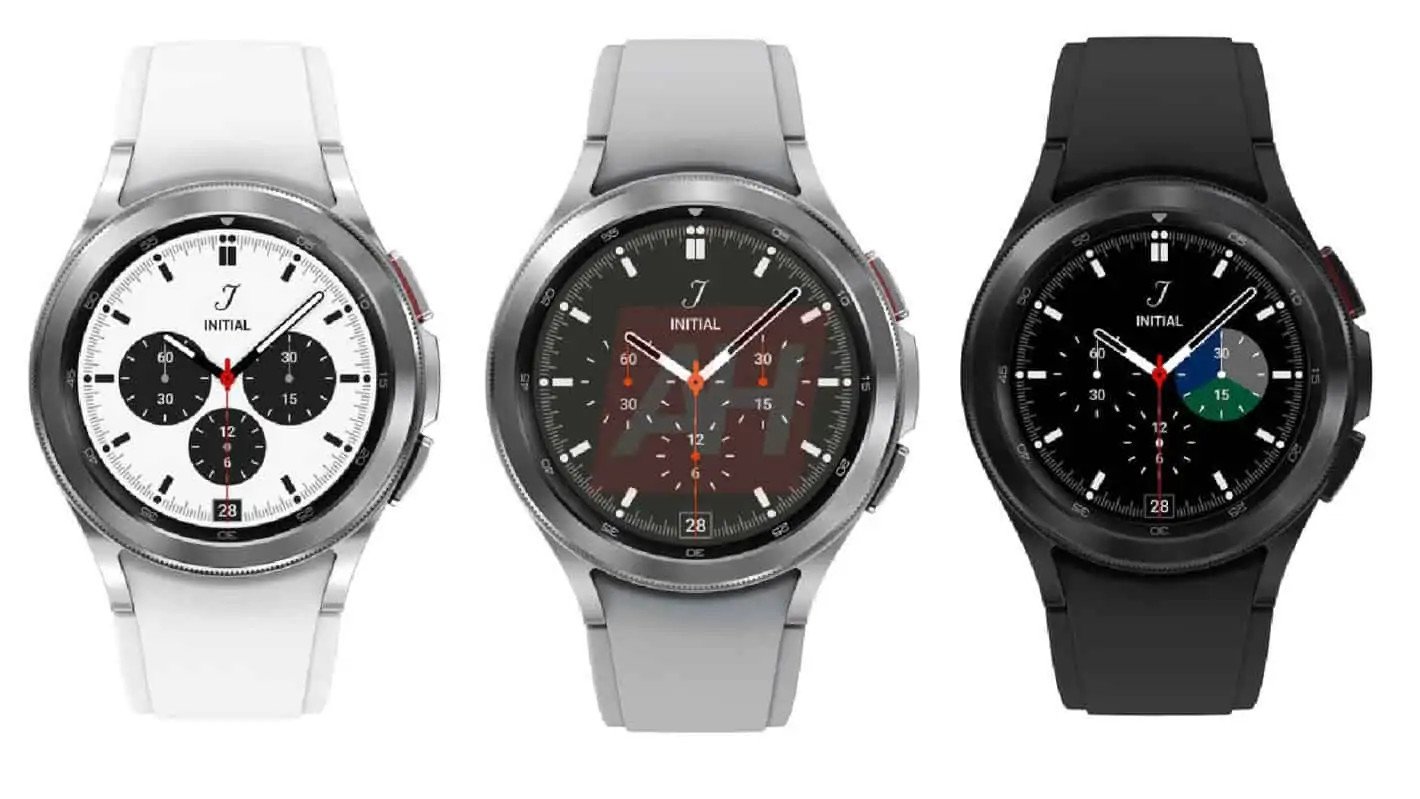 Source: Android Headlines
Source: Android Headlines


